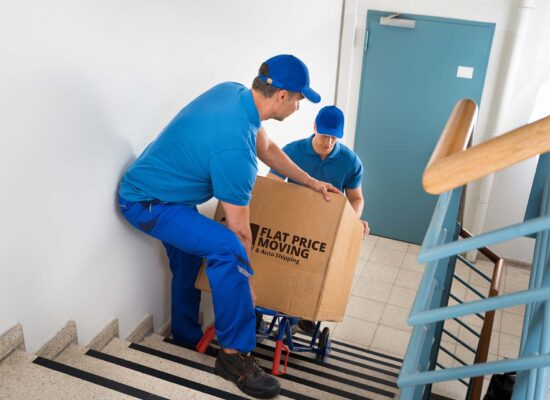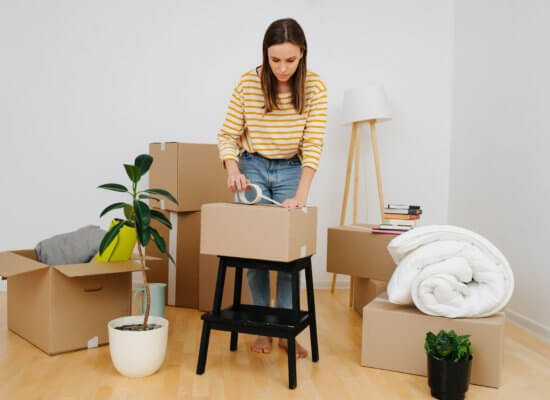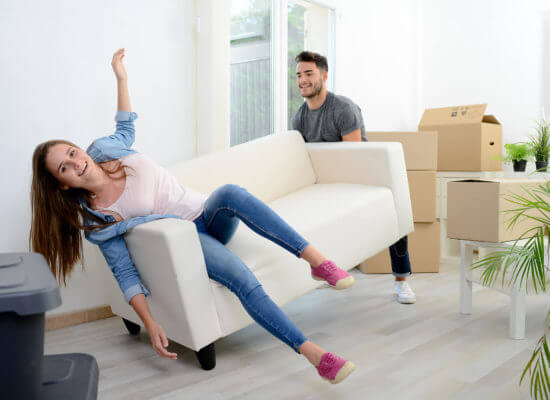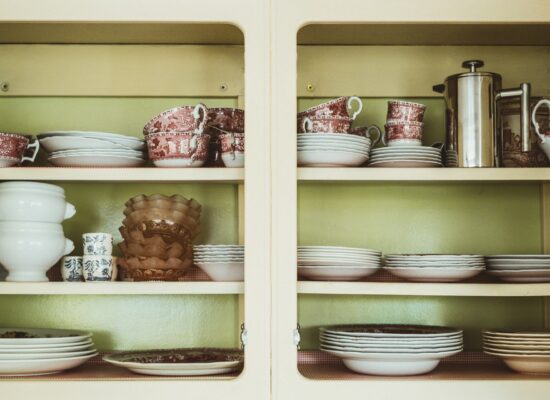6 Crucial Things for Those Moving From an Apartment to a House
Moving from an apartment to a house is a lot more common than vice-versa. There comes a time in life where you are in a position to move to the suburbs in order to get a new place that will give you much more comfort and space than a flat. According to the official data, relocating to a new or a better home is the top reason why Americans move, followed by the desire to establish their own household. However, no one is ever fully prepared for such a big step, and when the day comes, things can get quite hectic.

What is important to know is that you should be as ready for the relocation as you can be, and you can settle down with a lot less haste. There will be ample time for home improvements; for a start, you only need enough to feel comfortable.
#1 Moving From an Apartment to a House Will Require Some Adjustments
When you finally find your dream place, you probably have some kind of idea about what it’s supposed to be once you set it up. Now, there is a process between what is now and what it should be like once it’s complete.
If you have lived in a condo for a long time, you’re probably used to a smaller space and have much less furniture than you’ll need for your future residence, especially if your family is growing. If it’s possible, the best course of action would be to do all the big renovations before you move in, but that is usually not the case since buying a place is a big investment. The least you should do is to repaint the walls and check the plumbings and insulation and do some repairs if necessary. If your residence is brand new, then you shouldn’t have any problems with that. However, you should do a quick inspection, or even better, hire an expert to do it for you and contact your contractor if any problems arise.
You’ll Have to Buy Some Stuff When Moving From an Apartment to a House
As we’ve already mentioned, you’ll probably have to add some furniture. However, you do not have to do it all at once. Be mindful of the basic stuff you’ll need in the beginning, and remember that not all the furniture from your previous place will be suitable for your future residence. Here is a shortlist of the basic furniture you’ll need to furnish your home:
- Living room – a sofa, maybe some armchairs, coffee table, TV stand, and shelves if you have a lot of books and trinkets to put on them.
- Kitchen – stove and oven, fridge, kitchen cupboards, dish rack, and a microwave oven. The kitchen isle is not a must in the beginning, but it could come in quite handy.
- Dining room – a table and a set of chairs is a must. A cabinet is a useful plus.
- Bedroom – a bed and nightstands, wardrobe, and a vanity with a chair.
- Bathroom – besides the usual sanitary necessities like a sink, a shower cabin or a tub, you’ll have to get some shelves and a mirror.
- Kids room – beds, wardrobes, desks, chairs, cupboards, and storage bins.
- Laundry room – washing and drying machine, ironing board, iron, vacuum, broom, dusting pan, mop, and bucket.
- Storage – shelves and a freezer if you don’t have a combo fridge with one or you prefer having them separately.
- Garage – you don’t really need anything in the garage, but a few shelves can come as welcome storage for your tools and excess stuff, especially if you don’t have a shed.
- Yard furniture is not a must, but it might be nice to have a table and a set of chairs at least to relax in your backyard after a long day. Bean-bags are also very convenient and comfy.
- A shed is a smart investment; you can neatly tuck all your gardening and repair tools in one place and keep them organized. It can also be perfect storage for kiddy pool and other stuff your kids use to play in the yard.
You’ll Need a New Insurance Policy
While you probably had a renters insurance policy for the flat, you’ll have to get another one for your place. If you are switching from renter to owner status, congratulations, that means you’re going to have to change your insurance status, too.
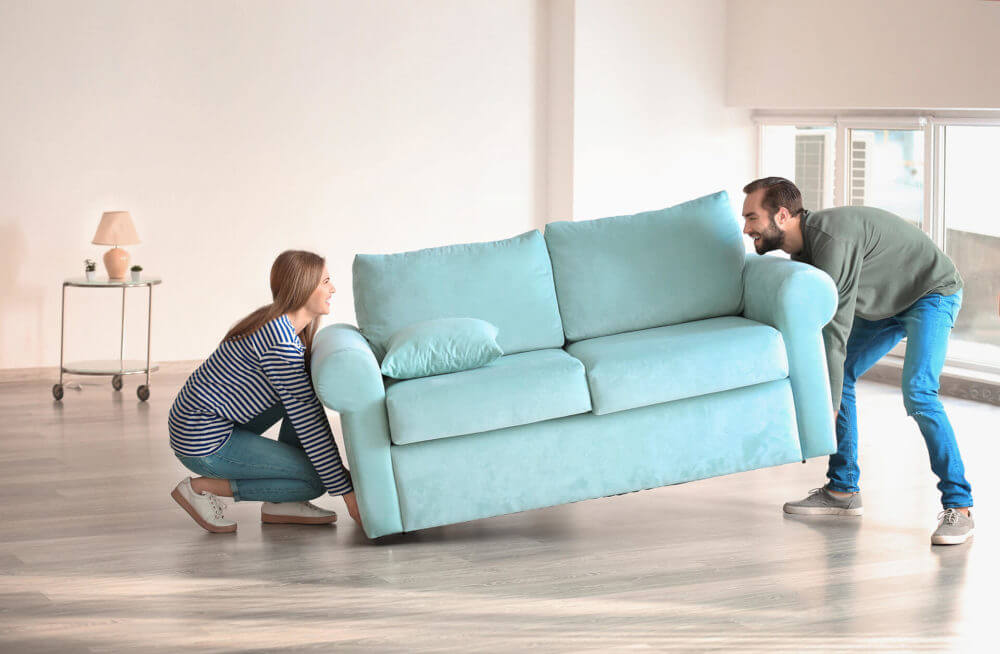
#2 Things Will Be Different in Your New Home
First of all, you’ll have to adapt to a bigger space. Although it might look like you will have more room than you can use at first, if you do not organize and make a layout beforehand, you may end up with a mess.
It’s important not to bring the items from your flat that will have no use when you move. Although you probably won’t have to downsize, you should make a careful selection of the items that you’ll use. Do not bring any excess with you. The cost of interstate moving can be considerable, and you might have to get rid of them anyway in a month or two. If you think that you are just not up to the task of organizing the layout of your household, you may want to employ a professional interior designer and leave it all to them.
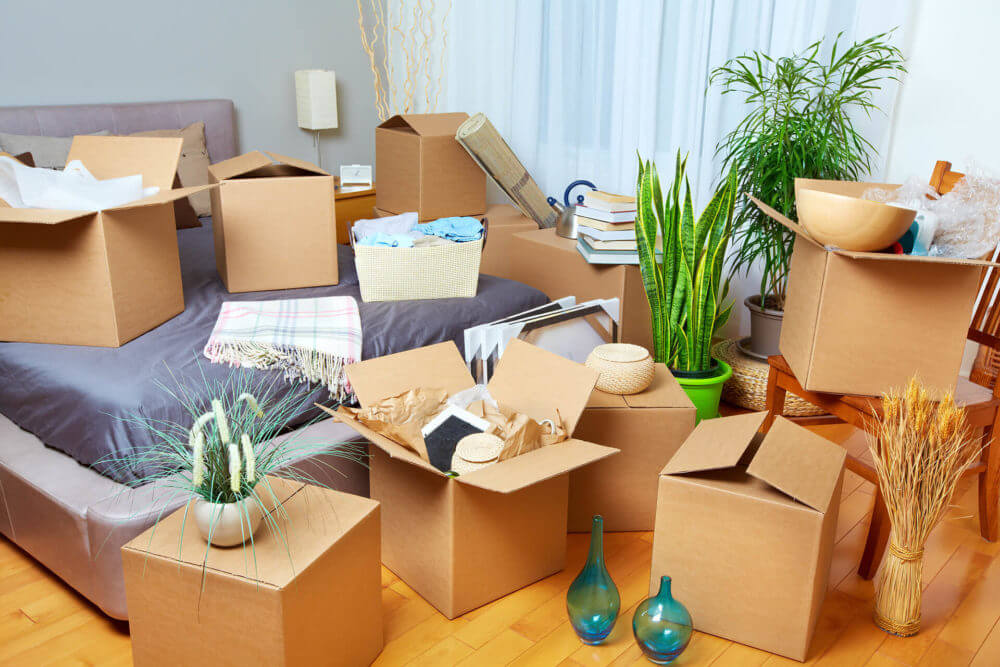
#3 You’ll Hate Leaving an Apartment Because…
The first thing you’re going to hate about leaving your old place is that you’ll have to pack and transport all your belongings – well not all but everything you intend to keep. Besides the usual touch-ups, you’ll have to do when you enter a flat, you’ll have a lot more to reconsider when entering a house. Most houses have a basement, an attic, and a garage, and you should always check them. Supporting beams in your basement and insulation in the attic can make your life very complicated if they are not in the top shape. There is a lot more maintenance involved when you own a house as opposed to an apartment.
You’ll Have a Lot More Space
If you have ever cursed because you didn’t have enough space, now you may go in the opposite direction. Having more space has its ups as well as downs. More space means more work, always. We don’t mean just the regular cleaning and maintenance, but the big spring cleaning and regular monthly, bi-annual, and annual checkups and necessary repairs. Here is a list that can help you make sure you remember everything:
- Monthly: clean the plumbing fixtures, clean the air filters, garbage disposal, and drains
- Bi-annually: deep cleaning of your entire place, floors, walls, corners, windows, literally everything, check the water filtration system, check smoke filters, deep clean the refrigerator and freezer
- Annually: inspect the whole plumbing system, clean grouts, clean the chimney, clear the patio and porch area, clean gutters, schedule a termite and pest inspection, check exterior drainage system, inspect the place exterior and the roof, do a yearly service of your heating and cooling systems.

#4 You’ll Love Moving Into a House Because…
You have probably always dreamt about that cup of coffee on the porch and a bottle of beer next to your barbeque in the yard. Or maybe a pool in the corner. One big advantage that comes with a house is a backyard, a basement, an attic, and more space overall. You’ll probably have no more storage problems.
Besides that, you’ll just have much more freedom to adapt a space to suit your needs better. Maybe you don’t want that wall dividing your kitchen and dining room, or maybe you want to turn that basement into a man-cave, games room, or laundry room. If you own a house, you have options. Barbeque with friends, your own little garden, playground for kids, maybe even a dog in the backyard – you can bring many novelties into your life.
Be Smart With the Space at Your Disposal
Although you may have more space than you know what to do with in the beginning, we recommend that you designate certain areas for specific needs. For example, avoid cramming all your boxes with excess in the garage. You might want to put your old photo frames, toys, and clothes that you may use again someday, like maternity clothes, in the attic or basement storage. Leave the garage for your tools, car equipment, ski equipment, fishing rods, outdoor toys, bikes, etc.
It is never a bad idea to invest in an outdoor shed if gardening is your hobby and you want more things in your yard. Some pesticides and tools are highly poisonous or sharp, and your kids could get hurt unless you keep them under a lock.
#5 Tips For Moving: What to Pack and How?
When the time comes for you to move, on your own or with the help of professional movers, the last thing you want to end up with in your new place is excess. If you set up your storage sections right in your home and arrange the furniture in a way that suits your needs, you’ll have much fewer problems to keep everything in order.
The perfect time to sort through your belongings and get rid of the excess is before scheduling moving services – that is, if you’re planning to use the help of professionals. You wouldn’t want to pay more for transport just to throw something out once you set up your new place. Whether you organize your home layout, or an interior designer does it for you, try to stay true to the actual measures, because that sofa may be too large or too small for your living room, and you transported it for nothing.
Tips That’ll Help You Pack and Move Efficiently
When you decide what not to pack and get down to work, the best way to go about it room by room. That doesn’t mean that you should cram all the different category items from one room into the same box. Carefully sort out fragile items, learn how to move electronics, art, and decorative items, and pack them with special care. Be sure to label the boxes. You should mention which room they belong to and whether the contents are sensitive, as well as which side of the box goes up.
When you reach your new home, get all the boxes to their rooms, and try to unpack the items that you need on a day-to-day basis. If you make an inventory list with the number of the boxes next to the item, you’ll be able to sort through everything much faster.
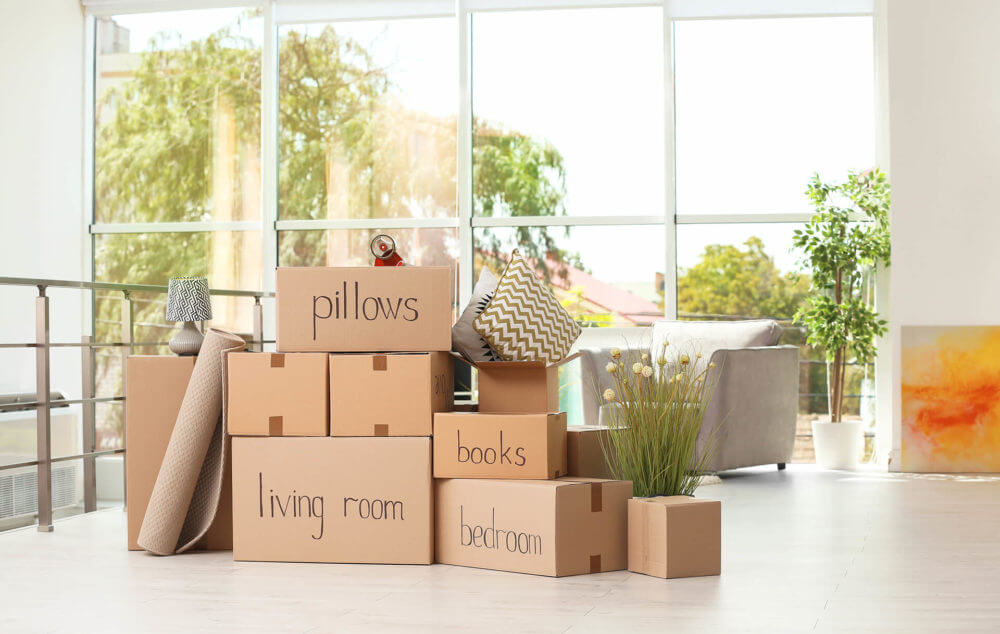
#6 You Can Make It a “Home, Sweet Home”
Once you enter a bigger space, it might feel cold and even too spacious. What can help a lot is leaving your “mark” on the place. Every area that we live in gets unique traits over time that can tell a lot about us, and so will your new residence. But to alleviate the nostalgia for your old place, you can warm up the new home from the start.
What says “This is my home” the loudest in your apartment? Is it that pile of throw pillows on your old sofa, or is it your precious collection of books and figurines you packed with special care? Whatever the answer to this question is, it should be one of the first things to set up in your future place.
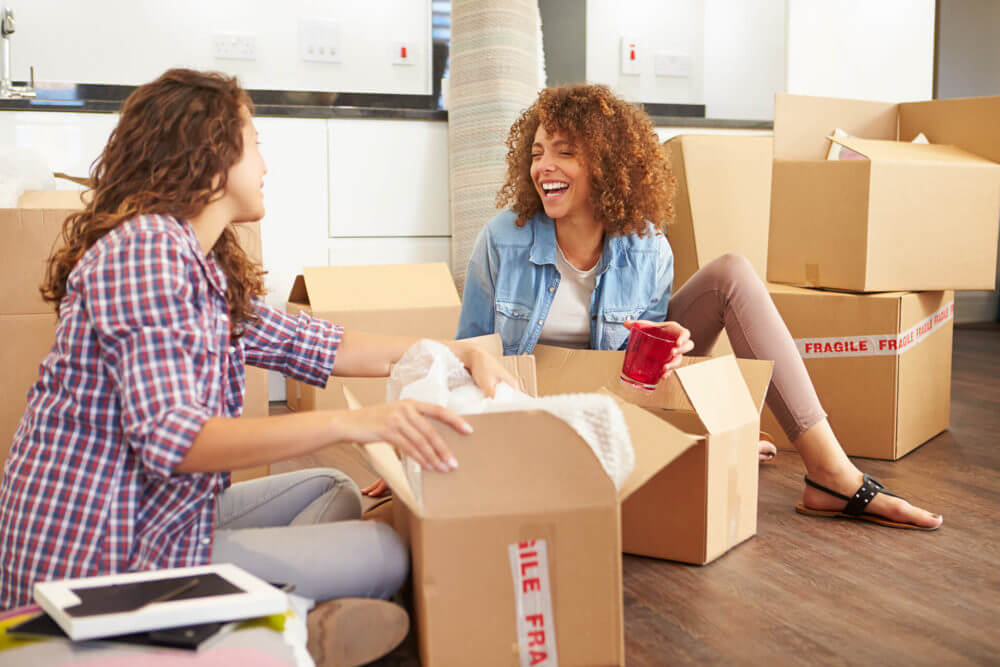
Home Is Where the Heart Is, So Pour Your Heart Into Your Home
Now you can paint your walls any color or pattern you want. You can position light fixtures the way that it feels the most comfortable for you and rearrange everything the way that suits you best. That is, if you own the place, of course. If you don’t, try to make less permanent changes. You can paint the walls the way you like it if it is possible to remove that paint when needed.
